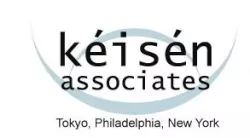In the USPTO, the requirement that a design include an icon is not quite as strict as in the JPO. Computer-Generated Icons are eligible for design patent protection as long as the design patent applications comply with the "article of manufacture" requirement (35 U.S.C. 171 & MPEP 1504.01(a)).
Here is an example (USD 740322).
Comparatively speaking, the requirements for the design of an icon are quite strict with the JPO. Therefore, if you are planning to file a design application with the USPTO and later apply for the same design with the JPO, claiming priority with the US design application, you must be very careful about the drawings due to the requirement differences between the USPTO and the JPO.
According to the Japanese Design Law, the design of an icon may not be registered alone since the icon itself does not exist alone merely as a scheme of surface ornamentation.
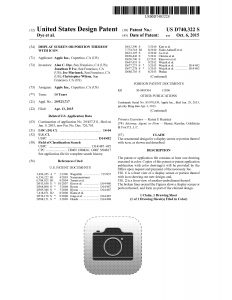
Then, is there any way to protect the design of an icon in Japan?
Yes: if an application claims a computer-generated icon shown on a computer screen, monitor, other display panel (or a portion thereof), an icon should be embodied in such electric products. Here are some examples of registered icon designs.
Example 1
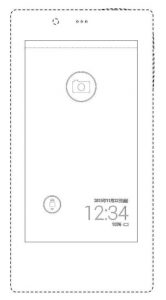
Design Patent No. 1492045
[Owner of a design right]...[Name]SHARP KABUSHIKI KAISHA
[Explanation of the article to which the design is applied] This
article is a cellular phone provided with a communication function,
a talking function, a photographing function, a music reproduction
function, etc. In the state where the screen lock is made, by
selecting the circle configuration icon which is arranged at the
middle-of-the-screen upper part, a screen lock can be released and
a still picture and an animation photographing function can be
started.
(Machine translation of design provided by J-Plat Pat.)
Example 2
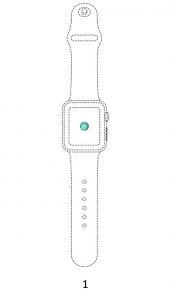
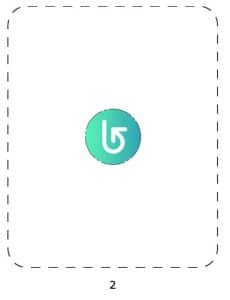
Design Patent No. 1588427
[Article to which the design is applied] An electronic computer
with a breathing movement support function
[Owner of a design right]...[Name]Apple Yne condominium lei
TEDDO
[Explanation of the article to which the design is applied] The
image denoted by the front view and the display part enlarged
drawing of the front view is an image used for the operation for
changing into the state where the function which supports a
user's breathing movement can be exhibited.
(Machine translation of design provided by J-Plat Pat.)
Then, the next question is ...
How can I make the drawings differently for a design application in Japan when claiming priority with a design application filed with the USPTO?
Suggestion 1: If there are several designs contained in the US Design Patent Application, you can select one of the designs (since the JPO requires one design in one application).
Suggestion 2: If the expression styles are different, for instance, the US Design Patent Application includes drawings, but JP Design Application includes photographs or vice versa, the drawings must be recognizable as representing the identical or substantially identical object. Another way of stating it is that the elements in the former must be seen to lead to those shown in the latter, considering the drawings as a whole (you cannot introduce new details).
As shown in the warning below, when there are only two drawings in the US Design Application (left side of the crossed-out arrow), which cannot be recognized to lead the concrete features of the rear view of the product as depicted in the Japanese design application figures on the right, it cannot be said both designs are substantially identical.
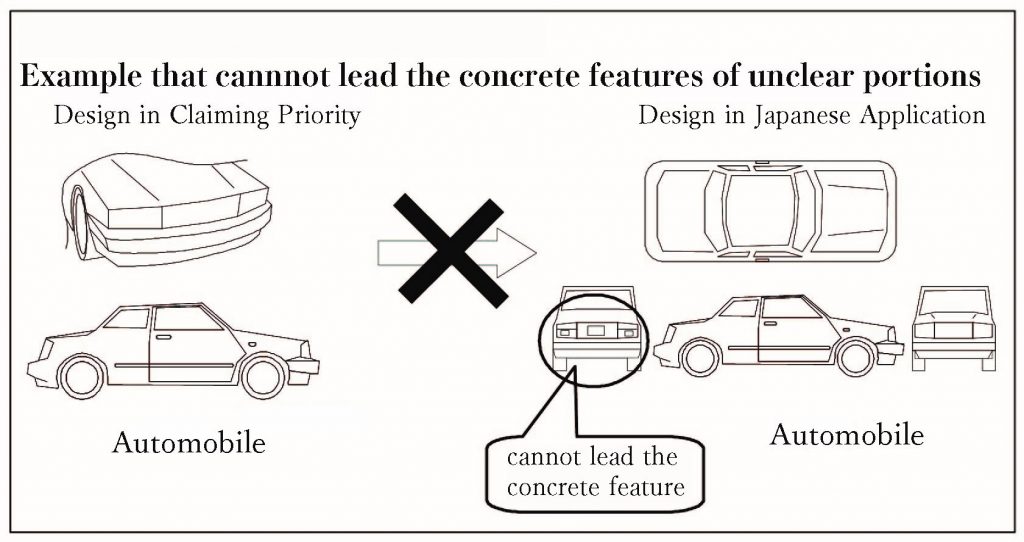
Suggestion 3: If the formal presentations of the drawings are different, the drawings must still be recognized as substantially identical, such that the examiner can recognize to lead the one to the other, considering the drawings as a whole. In the example of a packaging can below, a CG-style representation is merely changed to a line drawing and is acceptable.
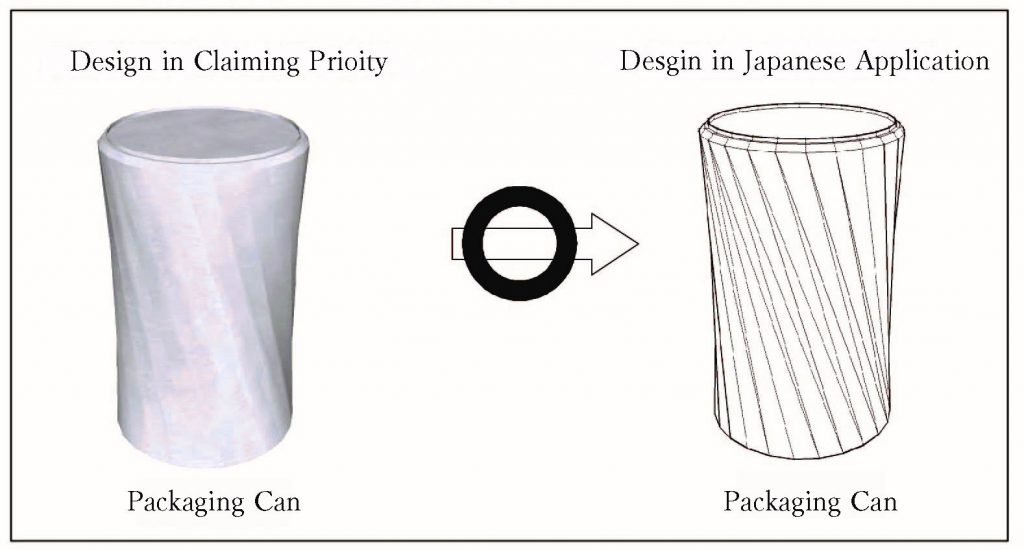
Author: Saki Kimura.
(The information provided on this website is for informational
purposes only and is not intended as legal advice. For questions or
inquiries, please contact us for more information.)
References
Informal JPO reference on acceptable and unacceptable presentations of priority design applications (Japanese). The figures under the second question come (translated by us) from pages 6 and 10, respectively, of this file.
JPO paper on examination standards for filing priority design applications (Japanese).
The content of this article is intended to provide a general guide to the subject matter. Specialist advice should be sought about your specific circumstances.
